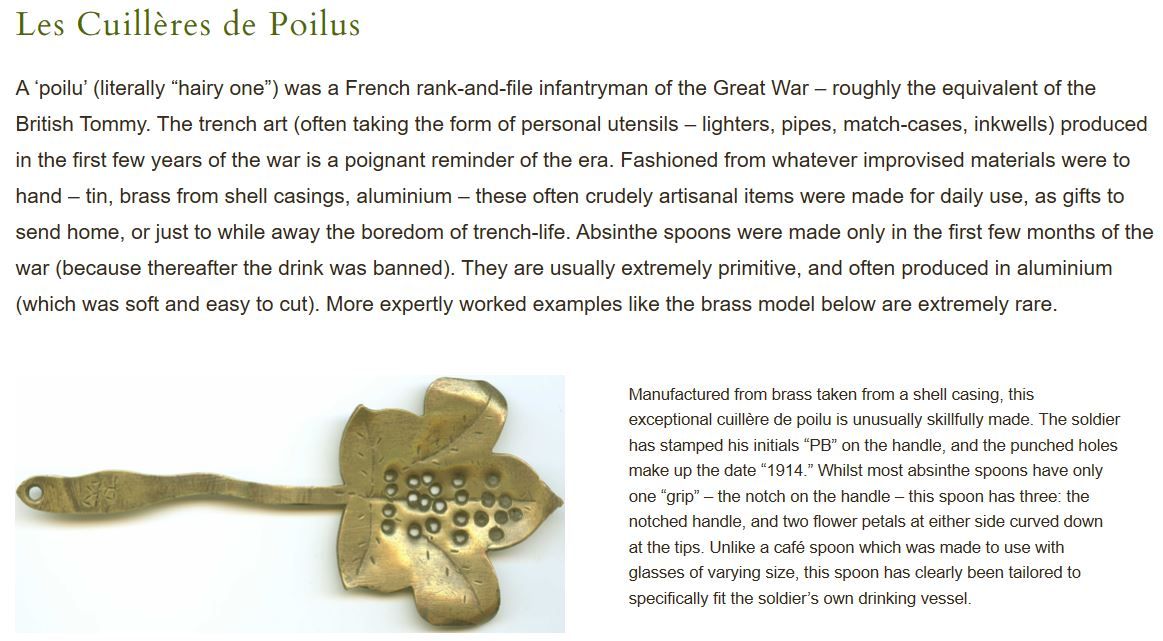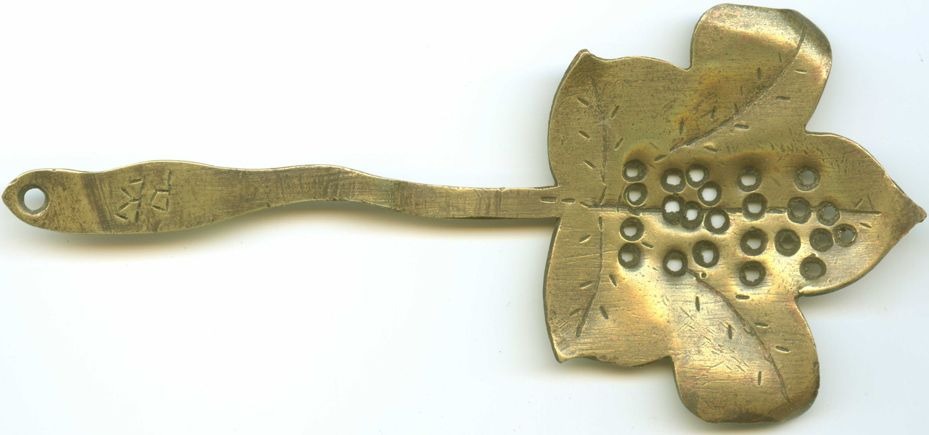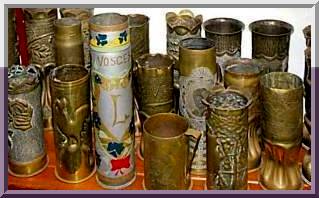 |
 |
 |
 |
 |
 |
 |
 |
 |
 |
 |
 |
 |
 |
 |
 |
 |
 |
 |
 |
 |
 |
 |
 |
 |
 |
 |
 |
 |
 |
 |
 |
 |
 |
 |
 |
 |
 |
 |
 |
 |
 |
 |
 |
 |
 |
 |
 |
 |
 |
 |
 |
 |
 |
 |
 |
 |
 |
 |
 |
 |
 |
 |
 |
 |
 |
 |
 |
 |
 |
 |
| | If you have any feedback on how we can make our new website better please do contact us. We would like to hear from you. | |
|
|
 |
|
|
|
 |
 |
 |
ABSINTHE SPOONS as Trench Art
Absinthe is a distilled, highly alcoholic beverage; an anise-flavoured spirit derived from botanicals, including the flowers and leaves of Artemisia absinthium ("grand wormwood"), together with green anise, sweet fennel, and other medicinal and culinary herbs. It has a natural green colour, but may also be colourless. It is commonly referred to as "la fée verte" (the green fairy). Sometimes mistakenly referred to as a liquer but it is not traditionally bottled with added sugar and is, therefore, classified as a spirit. Absinthe is traditionally bottled at a high level of alcohol by volume, and diluted with water before being consumed.
Absinthe originated in Switzerland in the late 18th century, rising to great popularity as an alcoholic drink in late 19th/early 20th Century France, particularly among Parisian artists and writers. The consumption of absinthe was opposed by social conservatives and prohibitionists, partly due to its association with Bohemian culture.
Often portrayed as a dangerously addictive psychacitive drug and halucinogen because the chemical compound thujone, present in the spirit in trace amounts, it was blamed for its alleged harmful effects: in 1915, the Great War era, the drink was banned in the United States and in much of Europe for soldiers and civilians......


Below: Absinthe spoon, stamped "1916 VERDUN"

Below: Three absinthe spoons crafted by Poilus (French Soldiers) - two are made from tin sheet and the third, from aluminium.
(image courtesy - Juan jose GUTIERREZ)
.jpg?588)
|
 |
| |
 |
|






